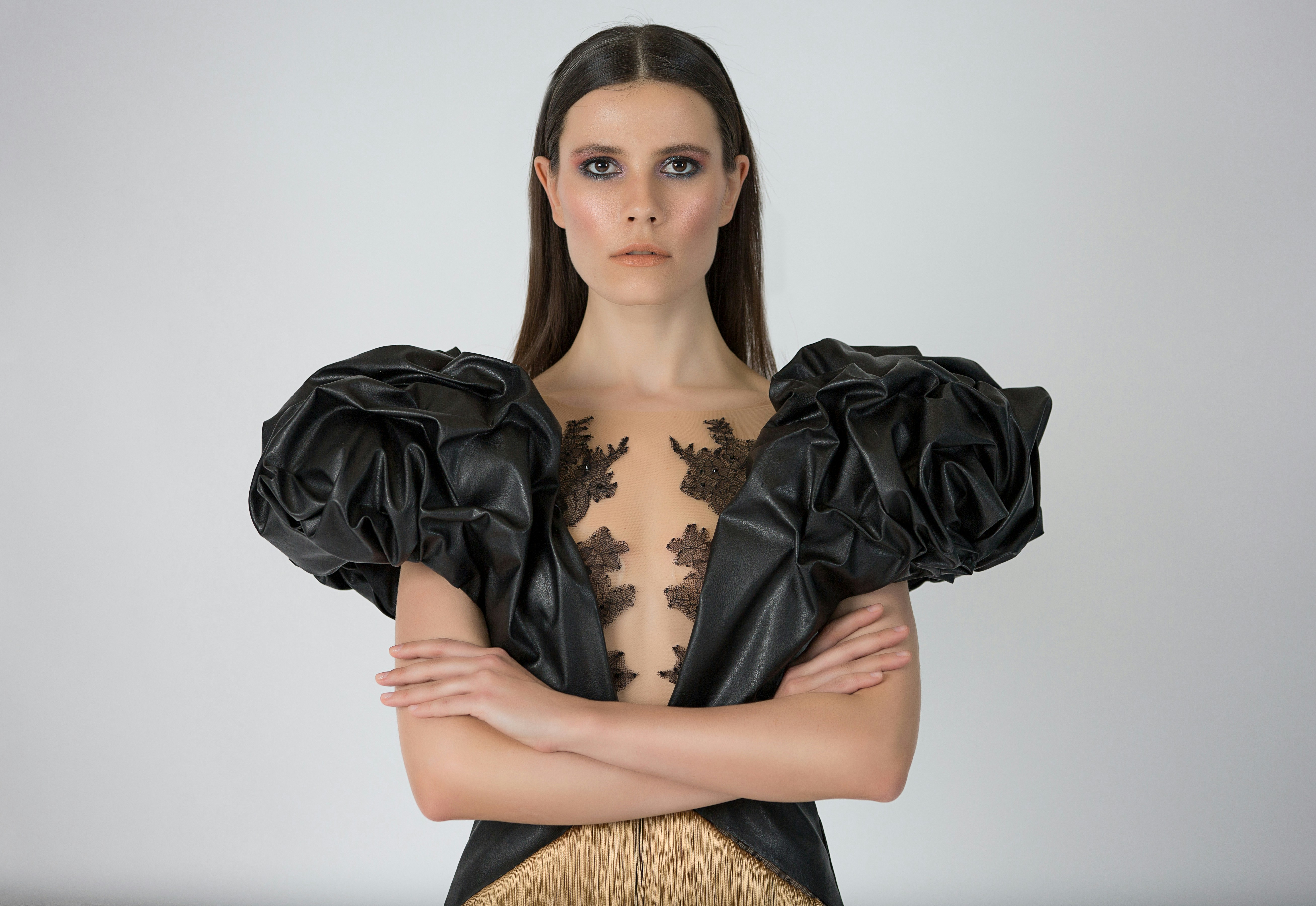Minimalism in Fashion: The Unstated Elegance
In the world of fashion, one trend has managed to transcend fleeting styles, embodying a timeless appeal that resonates with many. This trend is none other than minimalism. Often misunderstood as dull or uninspiring, minimalism, in reality, offers a fresh perspective on style, focusing on simplicity, functionality, and sophistication.

The Beginnings of Minimalism in Fashion
Minimalism, as a concept, took root in the 1960s in the realm of visual arts and music before making its way into the fashion industry. Designers like Calvin Klein, Jil Sander, and Helmut Lang pioneered the minimalist movement in fashion, emphasizing clean lines, neutral color palettes, and uncomplicated designs. This was a stark contrast to the loud, vibrant styles popular in the ’80s, marking a significant shift in the industry.
The Rise and Evolution of Minimalist Fashion
Over the years, minimalist fashion has evolved from a niche trend to a mainstream phenomenon. Despite the constant influx of extravagant trends, the allure of minimalism lies in its understated elegance and timeless appeal. The minimalist style is known for its emphasis on quality over quantity, functionality over flamboyance, and simplicity over complexity. This focus on the essentials has made it a favored choice among fashion-conscious consumers.
The Influence of Minimalism on Shopping Behavior
The minimalist trend has significantly influenced consumer behavior, shifting the focus from fast fashion and disposable trends towards investment in timeless, high-quality pieces. People are now more inclined to curate a wardrobe with versatile pieces that can be mixed and matched, rather than filling their closets with trendy but transient items. Minimalism encourages conscious consumption, which not only extends the lifespan of our wardrobes but also promotes sustainability.
The Appeal of Minimalist Fashion
Minimalist fashion appeals to a wide range of consumers due to its versatility, sophistication, and accessibility. It enables individuals to express their personal style without relying on extravagant patterns or colors. Minimalist pieces are timeless, allowing for longevity in a wardrobe unlike trend-led pieces. Moreover, minimalist fashion is inclusive, transcending age, gender, and personal style preferences.
Practical Insights into Minimalist Fashion
-
Start with Basics: Invest in high-quality staple pieces like a white shirt, classic jeans, and a black blazer.
-
Color Palette: Stick to a neutral color palette, including shades like black, white, beige, and gray.
-
Quality over Quantity: Instead of buying several low-quality pieces, invest in a few high-quality items that will last longer.
-
Versatility is Key: Choose pieces that can be worn in multiple ways and can transition seamlessly from day to night or from one season to another.
-
Less is More: Remember, the essence of minimalism lies in simplicity. Avoid overly embellished items and stick to clean lines and simple designs.
In conclusion, minimalism in fashion is much more than a trend—it’s a philosophy. It encourages us to focus on the essentials, value quality over quantity, and find beauty in simplicity. Whether you’re a seasoned fashionista or a style novice, incorporating minimalism into your wardrobe can help you create a timeless, versatile, and sophisticated style that truly reflects your individuality.




